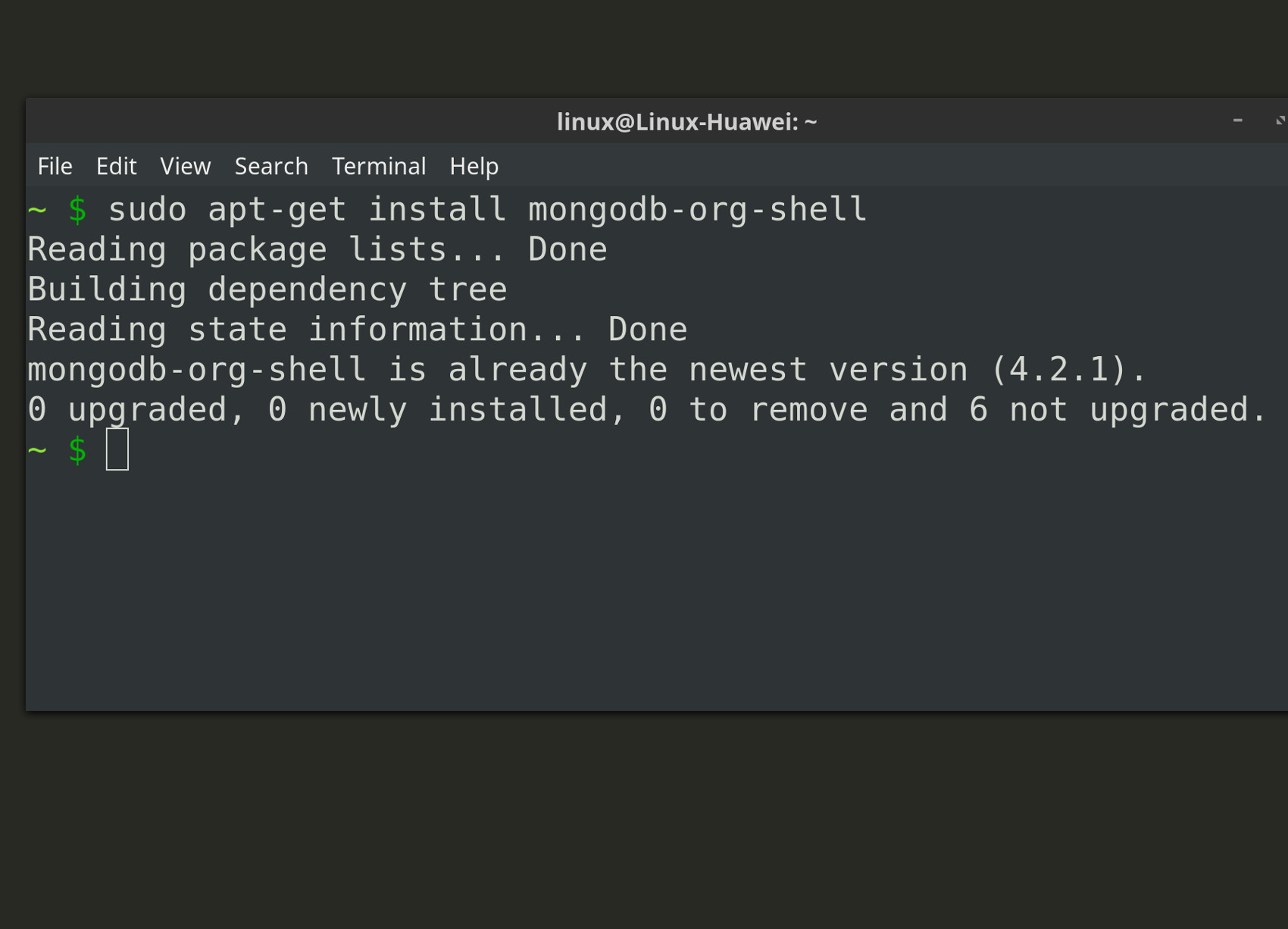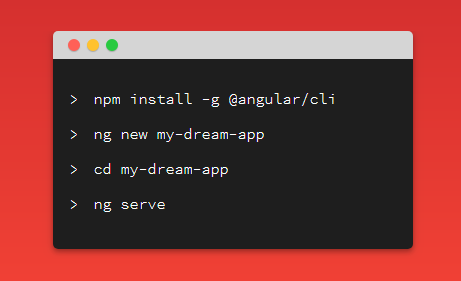

- INSTALL MONGODB NODE JS WINDOWS INSTALL
- INSTALL MONGODB NODE JS WINDOWS CODE
- INSTALL MONGODB NODE JS WINDOWS SERIES
- INSTALL MONGODB NODE JS WINDOWS MAC
We’ll use a similar approach to deploy the Node.js application we previously prepared.
INSTALL MONGODB NODE JS WINDOWS INSTALL
In Terminal, enter touch ~/.bash_profile and run the above install script again. If you get a nvm: command not found message, your OS may not have the necessary. To test that nvm was properly installed, close and re-open Terminal and enter nvm.
INSTALL MONGODB NODE JS WINDOWS MAC
You run these commands in Terminal on Mac OSX. You can install Node Version Manager using git, curl or wget.
INSTALL MONGODB NODE JS WINDOWS CODE

Creating a Node.js Library that Supports Both Promises and Error-First Callbacks.To start your app using npm start, just make sure a start script is in the package.json file. For example, to run npm run start:prod, run the following command in the Cloud Shell: az webapp config set -resource-group -name -startup-file "npm run start:prod" To add a custom start file, run the following command in the Cloud Shell: az webapp config set -resource-group -name -startup-file ""Īpp Service can start your app using a custom command, such as an executable like run.sh. Be sure to use the -no-daemon argument because PM2 needs to run in the foreground for the container to work properly. To start your app with PM2, set the startup command to pm2 start -no-daemon. Starting from Node 14 LTS, the container doesn't automatically start your app with PM2. You can also configure a custom start file with the following extensions: One of the following PM2 files: process.json and.The container automatically starts your app with PM2 when one of the common Node.js files is found in your project: PM2 provides a full-service app management platform. You can configure your app to start with PM2, or with NPM, or with a custom command. The Node.js containers come with PM2, a production process manager. az webapp config appsettings set -name -resource-group -settings PRE_BUILD_COMMAND="echo foo, scripts/prebuild.sh"Īz webapp config appsettings set -name -resource-group -settings POST_BUILD_COMMAND="echo foo, scripts/postbuild.sh"įor additional environment variables to customize build automation, see Oryx configuration.įor more information on how App Service runs and builds Node.js apps in Linux, see Oryx documentation: How Node.js apps are detected and built.
INSTALL MONGODB NODE JS WINDOWS SERIES
The following example specifies the two variables to a series of commands, separated by commas. For more information on how App Service runs and builds Node.js apps in Linux, see Oryx documentation: How Node.js apps are detected and built.

To run post-build commands, define POST_BUILD_COMMAND. To run pre-build commands, define PRE_BUILD_COMMAND. PRE_BUILD_COMMAND and POST_BUILD_COMMAND are environment variables that are empty by default. preinstall and postinstall run before and after install, respectively. As described in npm docs, scripts named prebuild and postbuild run before and after build, respectively, if specified. Part of a complete node.js series, including the usage of Express.js and much more Time to use MongoDB In this video we'll install it and you'll see the ve.


 0 kommentar(er)
0 kommentar(er)
